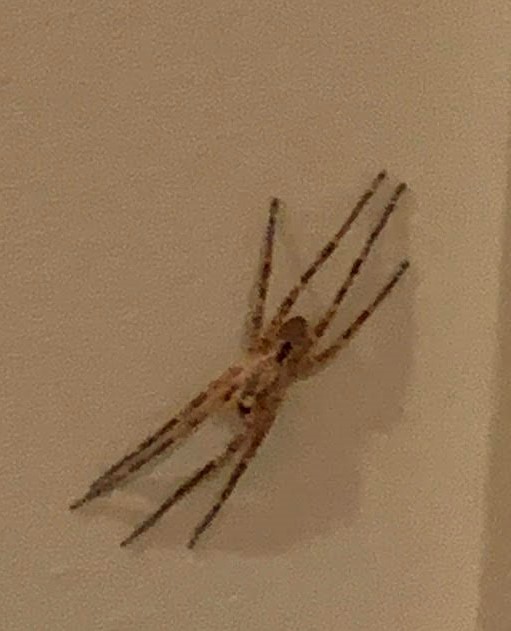DEAR JOAN: I have a question about a bird who has been visiting my hummingbird feeder multiple times per day for a few weeks now. I call him Bedhead, because he always looks a bit rumpled.
He has a distinctive and somewhat odd looking beak. My husband thinks he is injured. Bedhead eats like a champ and is a bit of a bully (I mean, hummingbirds are mostly attitude) when other birds surprise him at “his” feeder.
Does he look injured to you or do you think his odd beak shape is within the range of normal variation? And if he is injured, is there anything more I can do for him other than supplying a clean stocked place to eat?
Janis Brown, Sunnyvale
DEAR JANIS: I’m afraid Bedhead is suffering with avian pox, a contagious and sometimes deadly virus.
Mosquitos can carry the virus and infect birds through a bite, and the infected bird can then spread it to other birds through close contact.
The virus causes lesions on areas of the bird that don’t have feathers, primarily the feet and beaks.
There are a couple of things you can do to help Bedhead. Although your first instinct might be to take down feeders, many experts recommend leaving them up and cleaning them daily with diluted vinegar. Having a steady supply of food will help Bedhead battle the virus and improve his chances of surviving. Taking them down will just create more traffic at other food sources.
Putting up additional feeders, so there is less competition among hummers and less contact at the feeders, can also help.
DEAR JOAN: I have been finding large furry spiders — eight to be exact — in my house since September 2021.

They are about the size of a silver dollar, with legs extended. They are in my hall on crown molding, and four have been found in the honeycombs of my pleated shades. The last two were spotted two weeks ago.
I have sprayed the windows and sills inside and out. Can you tell me what they are and how I should address a more permanent solution? Occasionally, I find very tiny spiders elsewhere in the house.
Noreen Maresca, Sunnyvale
DEAR NOREEN: If you don’t like spiders, you’re going to hate my answer.
Your spider friend is a Zoropsis spinimana, a Mediterranean spider that first appeared in California as recently as 1992. Want to guess what city they originally were found in? Why yes, it was Sunnyvale.
Since then, the spiders have branched out and become permanent residents throughout the Bay Area, although there aren’t a lot of them, compared to other spiders.
Even though they might appear scary, they are completely harmless to humans. They are considered hunting spiders, which means instead of spinning a web and waiting for prey to come to them, they go out hunting for small insects to eat.
The bad news for you is that they’ve taken a liking to your home, but the good news is there’s really no need to take any action against them. When you see one, scream, curse, then scoop it up and put it outside.
The spiders also like hiding places, so if you’ve got a bit of clutter, like me, a little clear out will make your home less attractive to spiders.
Contact Joan Morris at jmorris@bayareanewsgroup.com.
Have a question for Joan?
Use this form to submit questions. Photos should be mailed separately to jmorris@bayareanewsgroup.com.
Source: www.mercurynews.com
